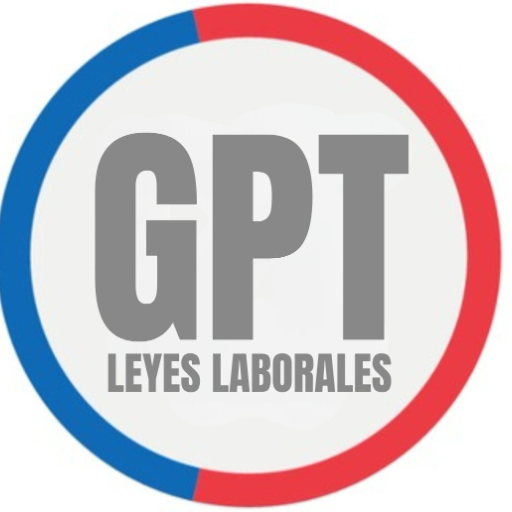Food Science-Food Science insights and answers.
AI-powered insights for food science.
Tell me about food preservation methods
How is food safety assessed?
Explain the role of enzymes in food processing
Discuss the impact of temperature on food spoilage
Related Tools
Load More
Cooking Pro | Recipes, Nutrition & Food Cooking
#1 AI Cooking Expert👨🍳🥦 | Obtain the best recipes, meal plans, and cooking advice. Supports all recipes, diets and cooking techniques from all around the world.
Nutrition GPT
Nutrition scientist providing food values for health choices also from photos.

Food Nutrients
Nutritional information about a single food or meal.

MyNutrition.Pal
Your Dedicated Nutrition Consultant: Share meal images for personalized nutrient/calorie tracking and tailored advice and recipes.

HACCP Consulting & Food Safety
The best GPTs plugin for HACCP and food safety regulations and guidance for your business.

H2O Score: Nutrition, Health & Sustainability
Snap a photo or Ask a Question!. Get nutrition, health, %organic, climate and sustainability scores for your products!.
20.0 / 5 (200 votes)
Introduction to Food Science
Food Science is the study of the physical, biological, and chemical makeup of food, as well as the concepts underlying food processing. This field involves understanding food safety, nutrition, and food technology to enhance food quality and shelf life. For example, the development of pasteurization techniques to increase the safety and longevity of dairy products is a direct application of food science principles.

Main Functions of Food Science
Food Safety
Example
Hazard Analysis and Critical Control Points (HACCP)
Scenario
Implementing HACCP in a food processing plant to identify potential hazards and establish control measures to ensure food safety.
Nutritional Analysis
Example
Nutrient Profiling
Scenario
Analyzing food products to determine their nutritional content, helping consumers make informed dietary choices and companies develop healthier products.
Food Preservation
Example
Canning and Fermentation
Scenario
Using canning and fermentation techniques to extend the shelf life of fruits and vegetables, reducing food waste and maintaining nutritional quality.
Ideal Users of Food Science Services
Food Manufacturers
These users benefit from food science by applying safety and preservation techniques to improve product quality, ensure compliance with regulations, and enhance marketability.
Dietitians and Nutritionists
Professionals who use food science to understand the nutritional content of foods, aiding in the development of diet plans and nutritional guidelines for various populations.

Using Food Science: Step-by-Step Guide
Visit aichatonline.org for a free trial without login, also no need for ChatGPT Plus.
Start by visiting the website aichatonline.org where you can access Food Science GPT for free without needing to log in or have a ChatGPT Plus subscription.
Identify your objective.
Determine what you want to achieve with Food Science GPT, whether it's research, educational content, recipe development, or nutritional analysis.
Input your query or topic.
Enter detailed questions or topics related to food science. The more specific you are, the better the response you'll receive.
Review and refine the responses.
Carefully read the responses provided by Food Science GPT. Refine your queries if needed to get more detailed or specific information.
Apply the insights.
Use the information and insights provided to inform your projects, studies, or culinary experiments. Ensure to cross-reference with other sources for accuracy when necessary.
Try other advanced and practical GPTs
스크립트
AI-powered storytelling with a Korean touch.

GPT en français
AI-Powered French Language Assistant

Love Social Media
AI-Driven Content & Engagement Mastery
SAMANTHA - practice English
AI-Powered English Conversation Partner

Client dreams, fears, worries
AI-driven insights into audience emotions

Report Writer 🖋️
AI-Powered Report Writing Made Easy

Hockey GPT
AI-driven insights for smarter hockey decisions

Lexideck Writing Multi-Agent Workshop
AI-powered writing with dynamic collaboration.

SEO-Focused GPT
AI-powered tool for smarter SEO planning

Asesor Laboral GPT - Chile
AI-powered tool for Chilean labor law inquiries.

Doctor Assistant
AI-powered assistant for advanced medical insights

News AggreGator
AI-powered news summaries at your fingertips.
- Research
- Education
- Analysis
- Development
- Safety
Food Science Q&A
What is Food Science?
Food Science is the study of the physical, biological, and chemical makeup of food and the concepts underlying food processing and safety. It encompasses a range of topics including nutrition, microbiology, food engineering, and food chemistry.
How can Food Science GPT help in recipe development?
Food Science GPT can assist in creating and modifying recipes by providing information on ingredient interactions, optimal cooking methods, and nutritional content. It can suggest ingredient substitutions and offer tips to enhance flavor and texture.
What are some common applications of Food Science in the industry?
Common applications include improving food safety, enhancing nutritional quality, developing new food products, optimizing food processing techniques, and ensuring compliance with food regulations.
Can Food Science GPT help with academic research?
Yes, Food Science GPT can assist with academic research by providing detailed information on various topics within food science, suggesting research methodologies, and offering insights into recent advancements and trends in the field.
What are the prerequisites for using Food Science GPT effectively?
To use Food Science GPT effectively, users should have a clear understanding of their objectives, provide specific queries, and be prepared to review and refine the information received. Basic knowledge of food science concepts can also enhance the experience.